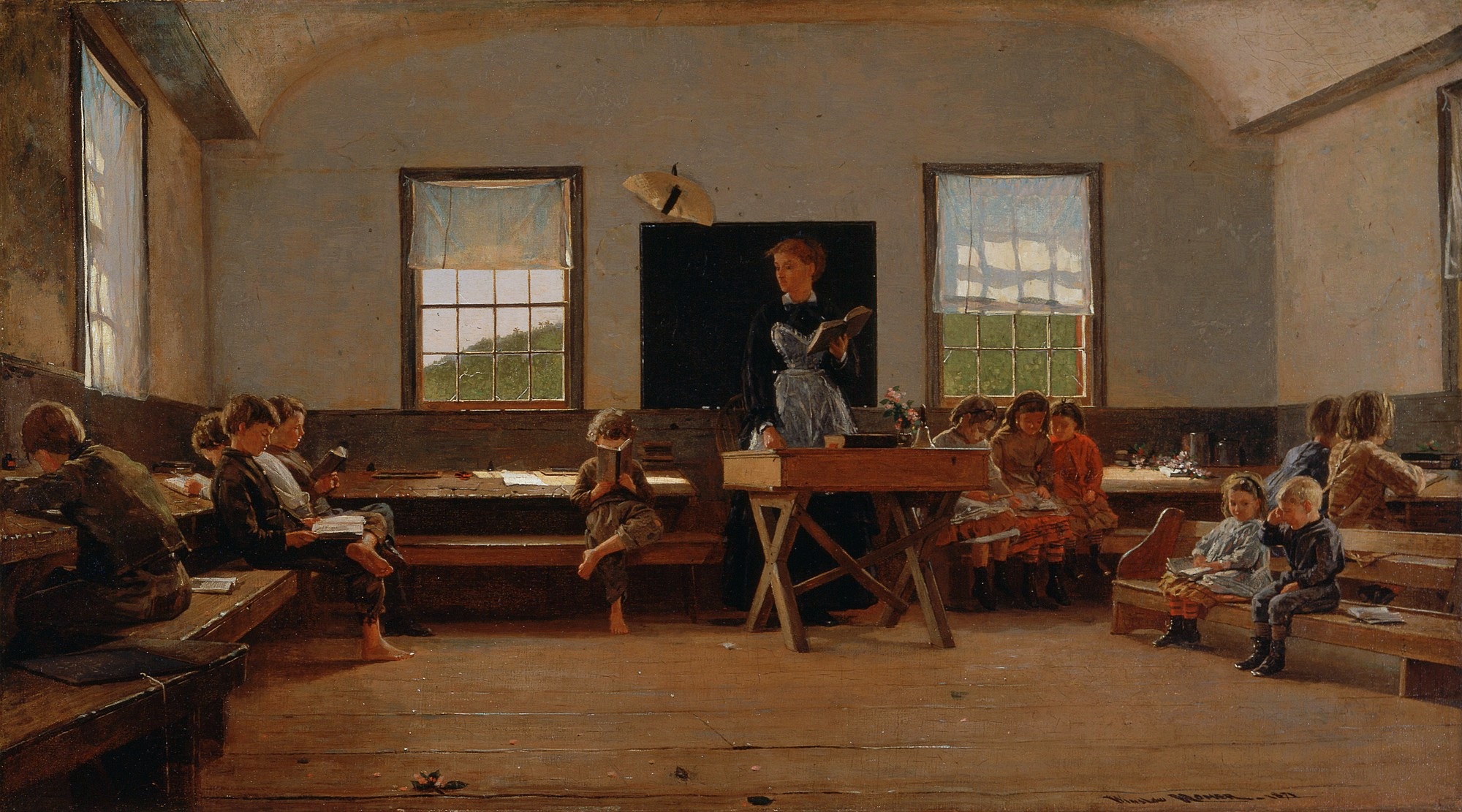Archives
- Home
- Event Page 16

“The Twelve Days of Christmas” Exeter University Singers
We asked students from all our campuses and subjects to tell us what it’s like at the University of Exeter – we took their words, photos, lists, drawings and more, and turned them into this – a guide for students, written entirely by students.
👉 https://t.co/yCUWDUFZ3p pic.twitter.com/f1yOnnHSGB
— University of Exeter (@UniofExeter) July 7, 2023
Reliability Centered Maintenance
This content is accessible to paid subscribers. To view it please enter your password below or send mike@standardsmichigan.com a request for subscription details.
Du Froid
Sixteen Dogs Cozying Up Next to the Fireplace
Status check on the catalog of best practice titles covering the management of education community snow and ice management during the coldest months in the Northern Hemisphere.
Ilisimatusarfik | University of Greenlandhttps://t.co/7bqLFzinAMhttps://t.co/WuWVtTcahB
“Off the Greenland Coast under the Midnight Sun” 1873 |William J Bradfordhttps://t.co/3OsdWPoAdJ
A payment of $1 million to all Greenland citizens is less than $70B GDP of Alaska pic.twitter.com/JRahSNeOrF— Standards Michigan (@StandardsMich) February 27, 2025
Home Economics
“The homemaker has the ultimate career. All other careers exist for one purpose only – and that is to support the ultimate career," – C.S. Lewis.
Imagine if our education system taught this instead of the opposite. pic.twitter.com/2CiQp3Ji3z
— Jeremy Wayne Tate (@JeremyTate41) November 27, 2025
Salutariness
Periodic review of best practice literature that sets the standard of care for interior furnishing specification, installation and maintenance.
Accurate measurement of “cleanliness” w/ adenosine triphosphate (ATP) testing apparatus
Chespack Academy UK@ChespackHygiene
print(“Salutariness”)https://t.co/xfF9Z6ty21 pic.twitter.com/v7OoKEa6h4— Standards Michigan (@StandardsMich) January 10, 2022
Electrical Acceptance Testing
This content is accessible to paid subscribers. To view it please enter your password below or send mike@standardsmichigan.com a request for subscription details.
2029 NFPA 70 CMP-1 Proposals
This content is accessible to paid subscribers. To view it please enter your password below or send mike@standardsmichigan.com a request for subscription details.
Health 400 | OB-GYN
With emphasis on OB-GYN because educational settlements are where families begin and grow among the young.
Many research universities have large medical research and clinical delivery enterprises that provide significant revenue. We periodically scan public consultations for literature that sets the standard of care for the facilities and technologies in these enterprises in education communities.
New update alert! The 2022 update to the Trademark Assignment Dataset is now available online. Find 1.29 million trademark assignments, involving 2.28 million unique trademark properties issued by the USPTO between March 1952 and January 2023: https://t.co/njrDAbSpwB pic.twitter.com/GkAXrHoQ9T
— USPTO (@uspto) July 13, 2023
Standards Michigan Group, LLC
2723 South State Street | Suite 150
Ann Arbor, MI 48104 USA
888-746-3670
















